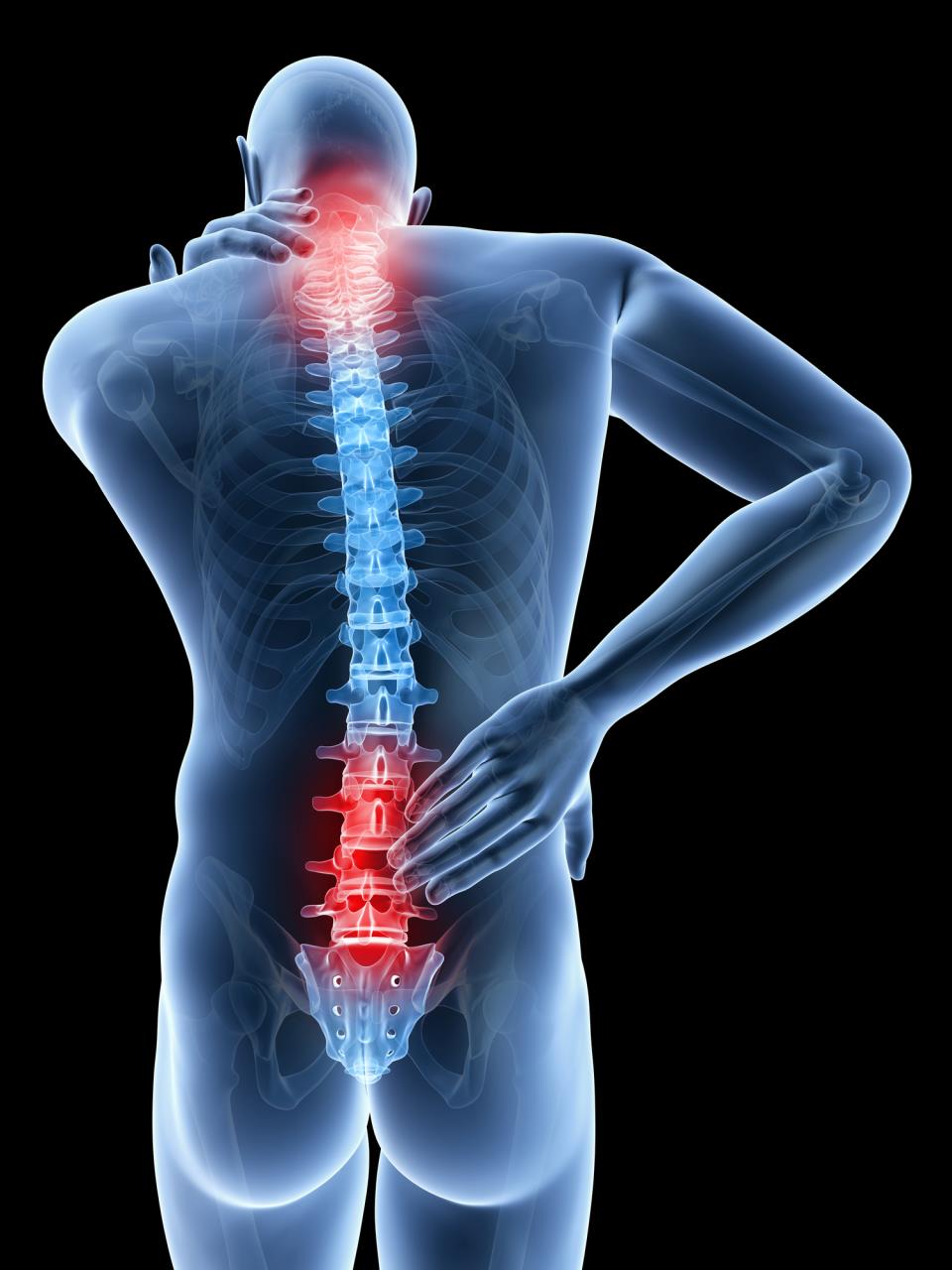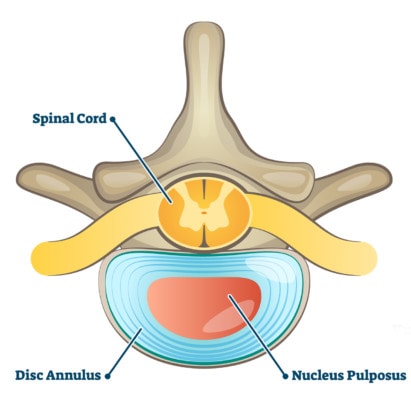Published on Wednesday, 2 November 2022 at 3:49:38 PM
Have you ever suffered pain from a disc bulge or protrusion? This important article will provide you with a great understanding of why discs bulge, what exactly sciatica is and what you can do, to prevent these potentially, very painful and debilitating conditions.
"Discs don't just 'pop out' for no reason and there is no way that manual therapy can just 'put them back in' in one miracle treatment!"
Bulging and protrusion of the spinal discs, with or without involvement of the sciatic nerve, can create one of the most painful musculoskeletal conditions seen in allied health practices. Unfortunately, many people who have simply 'let it heal' without the guidance of highly trained and passionate allied health professionals, often leave themselves open to painful relapse which occur more frequently, are easier to bring on, are more painful, longer lasting and are harder to treat.
Sadly, these patients often lose hope of ever being pain free and subsequently lose confidence in their spine and adopt a pain avoidance or sedentary lifestyle which often makes their problems worse over time.

Pleasingly, a way forward exists where previous sufferers of disc protrusion and pain, do what is required to correctly rehabilitate the issue and are able to attain a strong and healthy spine, giving them the confidence to live full and active lives. Ironically, once the spine is rehabilitated, physical activity, in general terms, feeds into maintaining good spinal function and strength, while reducing spinal pain.
"If you think that bed rest and anti-inflammatories are going to FIX your disc protrusion....think again"
Should you have you ever wanted to finally get away from chronic disc based pain or periodic acute flare-ups that stop you in your tracks, the following pieces of information will hopefully put you in a position where you are able make the correct management decisions.
THE TOP 4 DISC AND SCIATICA FAQ'S
How does a disc bulge?
There are 23 intervertebral discs in the human spine, which are made up of an inner, spongy, nucleus surrounded by an outer annulus. The role of the disc is as a shock distributor. Because of a natural decline in blood supply, which begins at the age of 2, the discs rely on movement to 'squash' nutrients into and waste products out of, the inner 2/3 of the disc. Even with a very active lifestyle, it is natural for the disc to gradually wear over many years, but this is accelerated due to factors including inappropriate function and alignment and sedentary lifestyles. This results in tears to the annulus which allows the spongy nucleus material to push towards the outside of the disc, creating a bulge. The intervertebral disc is the most common cause of low back pain and typically takes 12 weeks to fully heal, even though pain can resolve much faster with appropriate rehabilitation. Sadly, in smokers or diabetic patients who have poor circulation, the disc healing time is greatly increased and can take from 9-18 months.

What is sciatica?
Sciatica is pain in the buttock, hamstring, lower leg or foot which most commonly, is the result of irritation of the nerve roots which make up the sciatic nerve. The irritation of the nerve roots can occur via direct pressure from a bulging disc or a spinal bone, or by passing through swelling fluid which chemically irritates the nerve roots. Other symptoms associated with sciatica include, numbness, pins and needles and weakness in the leg.

Will my disc pain need surgery?
While it is very important for disc pain patients to have their spine assessed by qualified allied health professionals, it becomes more important when sciatic symptoms such as pain, numbness, pins and needles and weakness are present. Pleasingly however, only 4% of disc pain patients require surgery to make a full recovery.
How does manual therapy help disc pain patients?
Manual therapy performed by a skilled clinician who has taken a detailed history and performed a thorough examination, has been shown to help disc pain patients in several ways. Firstly, the creation of targeted and specific joint movement throughout the spine has been shown via research to inhibit/lessen pain, reduce muscle tension and re-activate the critical deep spinal muscles which provide strength to the spine and improve spinal alignment and mobility. In addition it also seems likely, that this improved movement also aids in reducing pain producing fluid build up in both local blood vessels and in the injured joint.
Secondly, an experienced clinician will be able to provide the patient with an accurate prognosis (likelihood and expected time-frame for recovery) and guide them through a progressive series of home exercises to maximise improvement, when appropriate. Further, advice pertaining to preventative strategies including lifestyle modifications will also be discussed to minimise the likelihood of future relapse.
If you have any questions regarding disc injury, sciatica or spinal care more broadly, please simply contact our friendly front desk team.
Back to All News